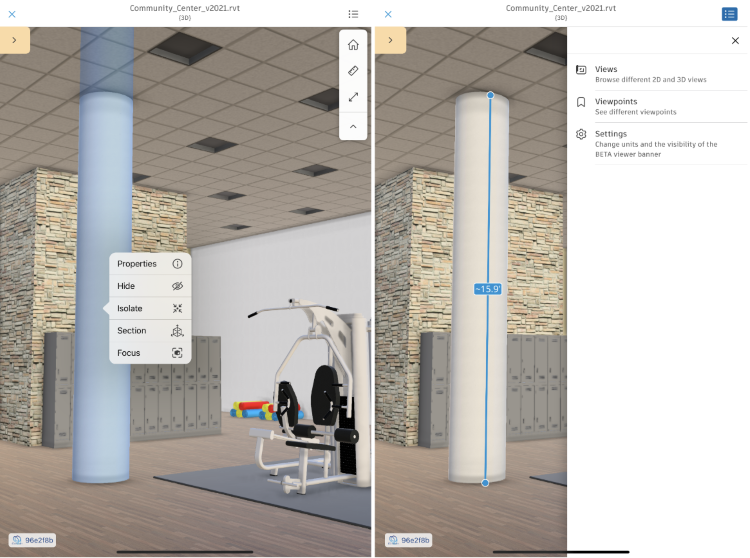On Tuesday, Autodesk announced a series of updates to their Autodesk Construction Cloud (ACC) platform which, according to a blog post they published to coincide with the release, is “aimed at helping project leaders and teams avoid setting off a chain reaction of costly mistakes.” The new features leverage advances in machine learning that have affected various industries over the last year and add multiple new tools for users.
The company leads off with the announcement of their new Specifications tool, which brings in the aforementioned machine learning capabilities. The blog post cites a report that indicates 95 percent of data on any given construction project goes on use, showcasing a desperate need for better ways of sifting through said data. This is what Specifications does: automating “the tedious manual process of preparing specifications by using ML to extract and section project requirements into relevant specification divisions within Autodesk Build and Autodesk Docs.”
“The long-awaited Specifications tool brings a complete contract document management system to Autodesk Construction Cloud. We are now able to effectively manage our Contract Specifications similarly to how we manage Contract Drawings through Autodesk Build,” said Adam Derx, director of construction technology at Walsh Construction, in the blog post. “This software will make an immediate impact on all of our projects, allowing teams the same standard of care for managing both drawings and specifications on a single platform.”
Along with the addition of Specifications to ACC, Autodesk also announced the addition of a few more features, including Work Planning. This was first announced at Autodesk University, held last November, and is available in Autodesk Build’s scheduling tool. With this capability, teams are able to create detailed plans for projects to ensure everyone is on the same page while being able to view deadlines and hand-off dates within the broader context of a project.
Other new features in ACC include new Model Based Progress Tracking, which allows users to color code asset statuses directly from the 3D model viewer, letting everyone track progress visually and keeping office and field teams on the same page. Meanwhile, Autodesk Takeoff users can now add unit costs to takeoff types, “helping generate rough budgets and conceptual estimates while minimizing human error from manual workflows and saving teams considerable time.” Finally, ACC has an updated Model Viewer which is now optimized for design files in the mobile app to provide the most up-to-date information in the field.
The blog post linked above gives more insights into some of these changes and adds a few more details about the individual features, but all told this update to ACC is truly about getting the most out of data, something that has long been easier said than done for the AEC industry. Advancements in the world of artificial intelligence and machine learning make that an easy place to start, but some of these other additions play into that as well. Specifically, there is a real, apparent effort to incorporate more connection between the office and the field, helping to reduce rework and costly project delays.






